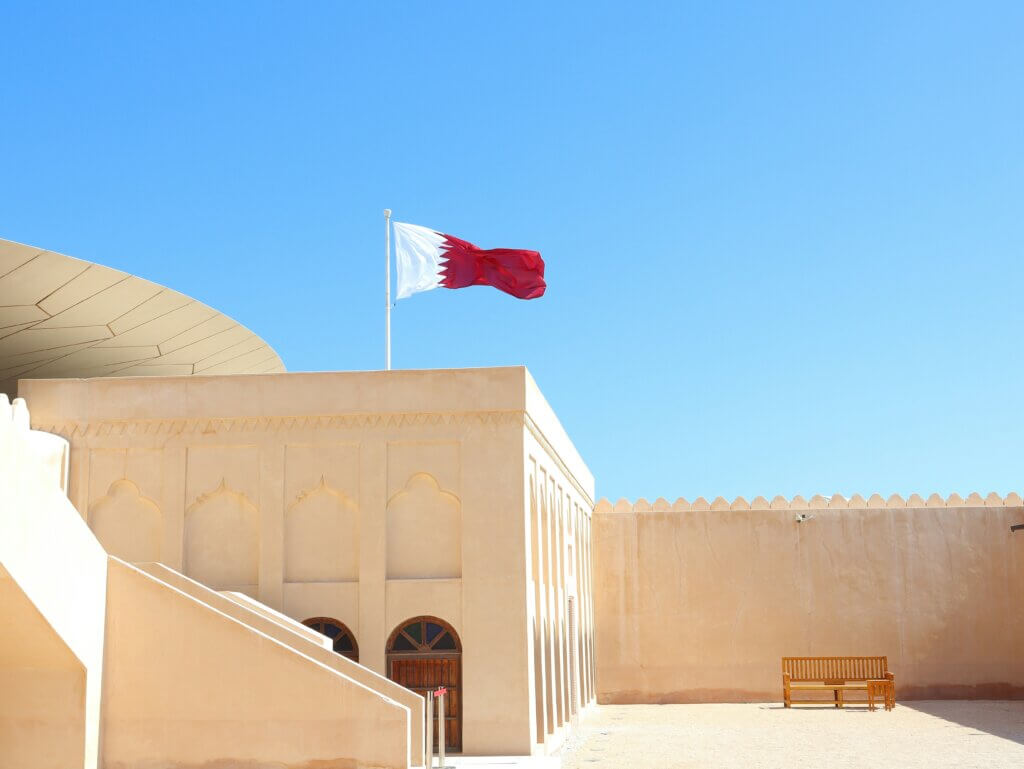Misconception: Arabic is one single, uniform language.
A widespread misconception is that Arabic is spoken in exactly the same way everywhere it is used, as though it were a single, uniform language with no variation. This idea often comes from the fact that Arabic is presented as one of the world’s major languages, with official status in over twenty countries and recognition by the United Nations. However, the reality is much more complex.
Arabic is better described as a collection of dialects under one umbrella. While these dialects share a common root in Classical Arabic, which is the language of the Qur’an, they have developed over centuries into distinct spoken varieties. For example, an Egyptian Arabic speaker may say “ezayyak?” to ask “how are you?”, while in Levantine Arabic one might hear “keefak?”, and in Moroccan Arabic “kif dayr?”. All of these expressions carry the same meaning but differ so much in form that learners—and sometimes even native speakers from distant regions—struggle to understand each other.
Adding to this variety is Modern Standard Arabic (MSA), a formal version standardized for writing, media, literature, and education. MSA acts as a unifying bridge across the Arab world, allowing communication in situations where dialects might not be mutually intelligible. Yet, MSA is rarely spoken at home or in daily conversation; instead, people switch between their dialect and MSA depending on context. This phenomenon is called diglossia.

Therefore, when someone says they are “learning Arabic,” it is important to clarify whether they mean MSA, which opens doors to reading, and formal speech, or a regional dialect, which is more useful for everyday interaction in a specific country. Understanding this linguistic diversity helps avoid the simplistic view that Arabic is one single, unchanging language.
Reality:
Arabic is actually a language family with a wide range of dialects that differ in vocabulary, grammar, and pronunciation. For example:
- Modern Standard Arabic (MSA)—a formal, standardized version used in books, news, schools, and official speeches. MSA is based on Classical Arabic, the language of the Qur’an, but simplified for modern use.
- Gulf Arabic (spoken in countries like Iraq, Saudi Arabia, UAE, and Kuwait) uses vocabulary and expressions distinct from North Africa.
- Levantine Arabic (spoken in Lebanon, Syria, Jordan, and Palestine) has its own pronunciation style and loanwords.
- Egyptian Arabic (spoken by over 100 million people) uses words and expressions unique to Egypt, and thanks to Egyptian cinema and music, it’s one of the most widely understood dialects.
- Maghrebi Arabic (spoken in Morocco, Algeria, Tunisia, etc.) is so different that many Arabs from the Middle East sometimes struggle to understand it easily.

ADLS Language provides a range of online Arabic courses, including:
- GCSE Arabic: Courses tailored for both Foundation and Higher Tier students.
- Quranic Arabic: Focused on recitation, memorization, and Tajweed.
- Self-Study Modules: For learners preferring independent study. ADLS Language
Courses are designed to be flexible, catering to various learning preferences and schedules.
This platform offers:
- Structured Lessons: Organized to cover all aspects of the Arabic language.
- Assessments: To gauge and track progress.
- Self-Study Options: For learners who prefer to study at their own pace.
Ideal for students aiming for a recognized qualification in Arabic. learn.adls.co.uk
Access a variety of materials, including:
- Past Papers: For practice and familiarization with exam formats.
- Study Guides: To aid in understanding key topics and themes.
- Revision Tools: To reinforce learning and prepare for assessments.
These resources are invaluable for comprehensive exam preparation. Follow on Twitter.
